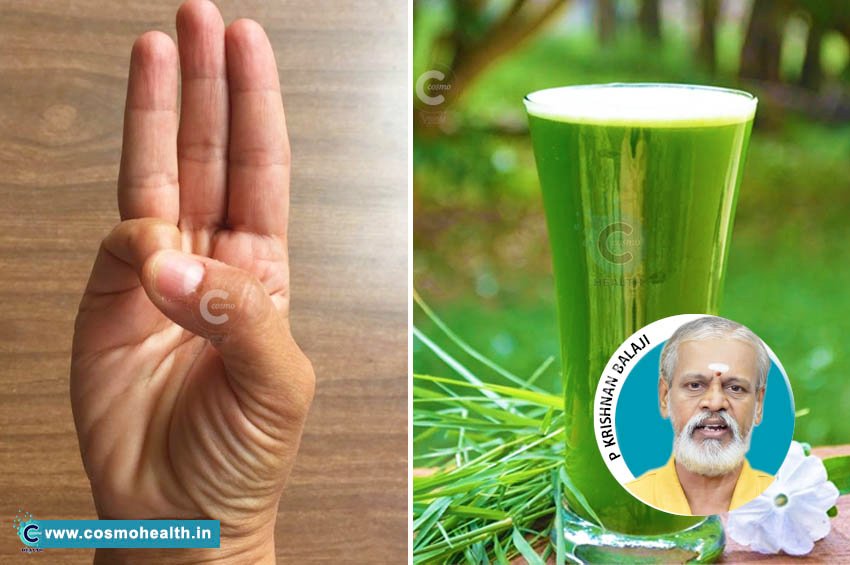Managing diabetes effectively often involves a combination of medical treatment and lifestyle changes, including diet and exercise. One traditional practice that has gained attention in recent years is the use of mudras, or hand gestures, which are an integral part of yoga and meditation. In this article, we will explore how mudras can aid in controlling diabetes, as well as essential dietary recommendations to help maintain stable blood sugar levels.
Understanding Mudras and Their Benefits
Mudras are symbolic hand gestures that can influence the flow of energy in the body, promoting physical and emotional well-being. Each mudra is believed to correspond to different elements of nature and can help balance the body’s energies. For individuals managing diabetes, specific mudras can aid in stabilizing blood sugar levels and improving overall health.
The Key Elements of Mudras
The human body is composed of millions of cells, each influenced by the five elements of nature: earth, water, fire, air, and space. Understanding these elements helps us recognize how mudras can impact our health:
- Earth (Prithvi): Represents stability and grounding, associated with the spleen.
- Water (Apah): Important for cellular functions, crucial for insulin production by the pancreas.
- Fire (Tejas): Relates to the heart and circulatory system.
- Air (Vayu): Influences the liver and gallbladder and can be controlled through mudras.
- Space (Akasha): Affects communication within the body.
By practicing specific mudras, we can harness these elements to improve health conditions, including diabetes.
Effective Mudras for Diabetes Control
Let's delve into three essential mudras that can help manage diabetes effectively:
1. Chin Mudra (Consciousness Mudra)
- How to Perform:
- Sit in a comfortable position with your back straight.
- Join your thumb and index finger together, allowing the other three fingers to extend outward.
- Focus on your breathing and relax your mind.
- Benefits:
- This mudra is known to ease stress and anxiety, both of which can significantly impact blood sugar levels.
- Helps promote overall calmness and decreases mental disturbances.
2. Varuna Mudra (Water Mudra)
- How to Perform:
- Sit comfortably and touch the tip of your little finger (pinky) with the tip of your thumb, keeping the other fingers straight.
- Maintain this position and focus your breath.
- Benefits:
- Enhances the function of the pancreas, thereby aiding in the production of insulin.
- Supports hydration and balances bodily fluids, which is essential for diabetics.
3. Saman Mudra (Equilibrium Mudra)
- How to Perform:
- Place the tips of all four fingers together and extend the thumb outward, keeping the hands on your lap.
- Breathe deeply and relax as you practice this mudra.
- Benefits:
- This mudra is known to stabilize blood sugar levels.
- Promotes balance and harmony within the body.
Incorporating Mudras into Your Daily Routine
To reap the maximum benefits, practicing these mudras daily is essential. Ideally, practice them in the morning after waking up, post meals, or at times of high stress. Each mudra can be practiced for 2 to 5 minutes, focusing on relaxation and proper breathing throughout the process.
Tips for Successful Mudra Practice:
- Maintain a relaxed posture with your spine straight.
- Ensure that your eyes are closed to facilitate better concentration.
- Use a mantra or affirmation to enhance mindfulness.
Dietary Recommendations to Support Diabetes Control
While mudras play a vital role in managing diabetes, dietary habits also significantly influence blood sugar control. Here are some tips for maintaining a diabetes-friendly diet:
1. Healthy Eating Habits
- Mindful Eating: Chew food thoroughly and avoid distractions while eating. Slow eating aids digestion and helps regulate blood sugar levels.
- Regular Meal Times: Stick to regulated meal times to help stabilize blood sugar levels throughout the day.
- Incorporate Fiber-Rich Foods: Foods high in fiber, like green leafy vegetables (e.g., moringa) and bitter foods (e.g., bitter gourd), can help in glucose regulation.
2. Avoid Processed Sugars
- Limit consumption of refined sugars and processed foods to prevent blood sugar spikes.
- Opt for natural sweeteners and experiment with healthy alternatives in your cooking.
3. Stay Hydrated
- Drink plenty of water throughout your day to keep the body hydrated, which aids in digestion and overall health.
Conclusion
Incorporating mudras into your daily routine and maintaining a healthy diet plays a crucial role in managing diabetes. By practicing these techniques consistently, you can positively influence your blood sugar levels and overall well-being.
Embark on your journey to better health today. Start by integrating mudras into your routine and revamping your dietary habits to live healthier and manage diabetes effectively!





